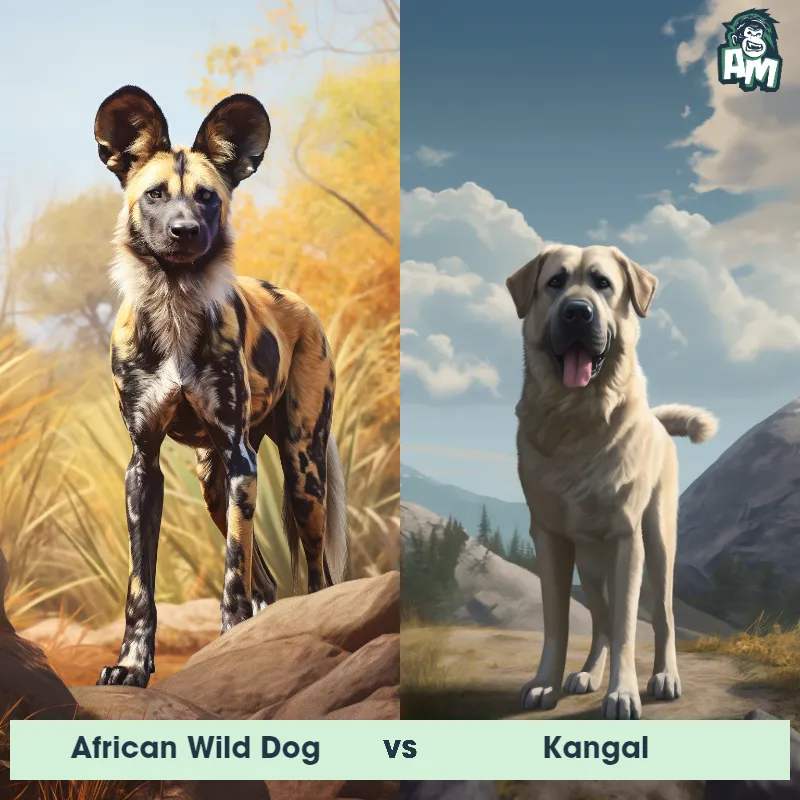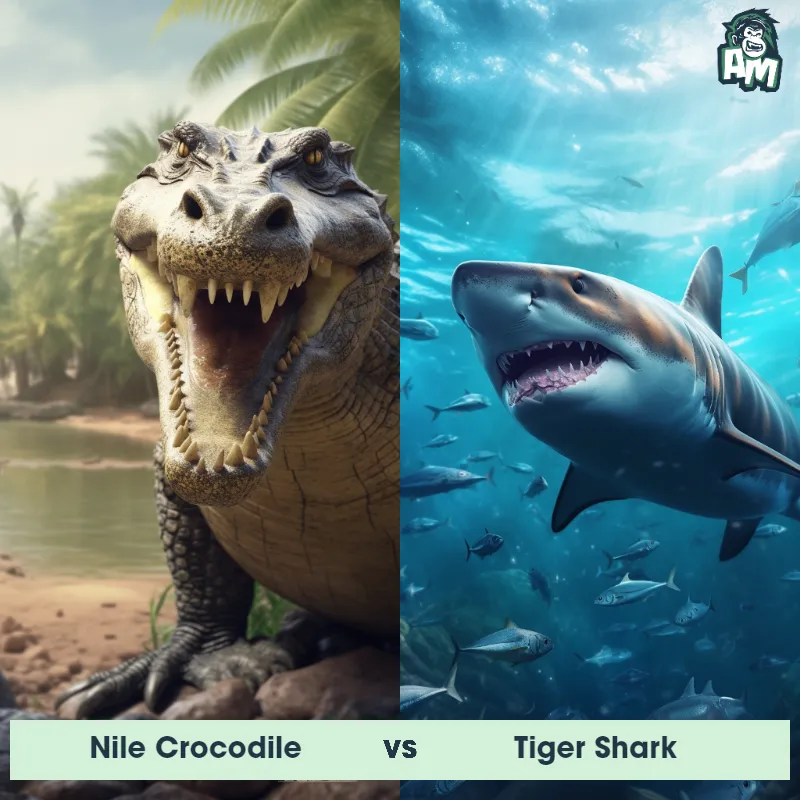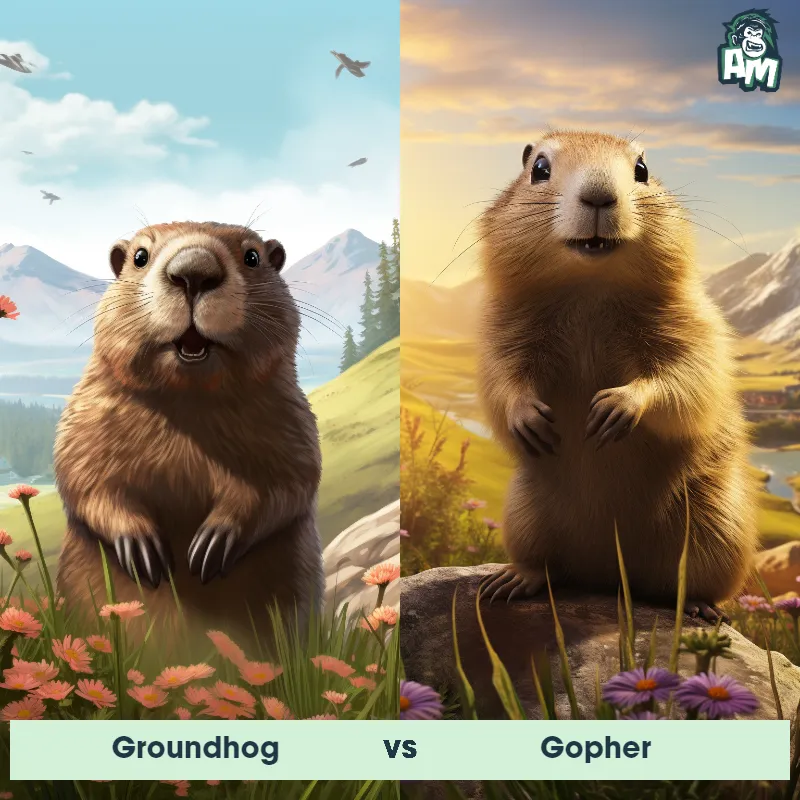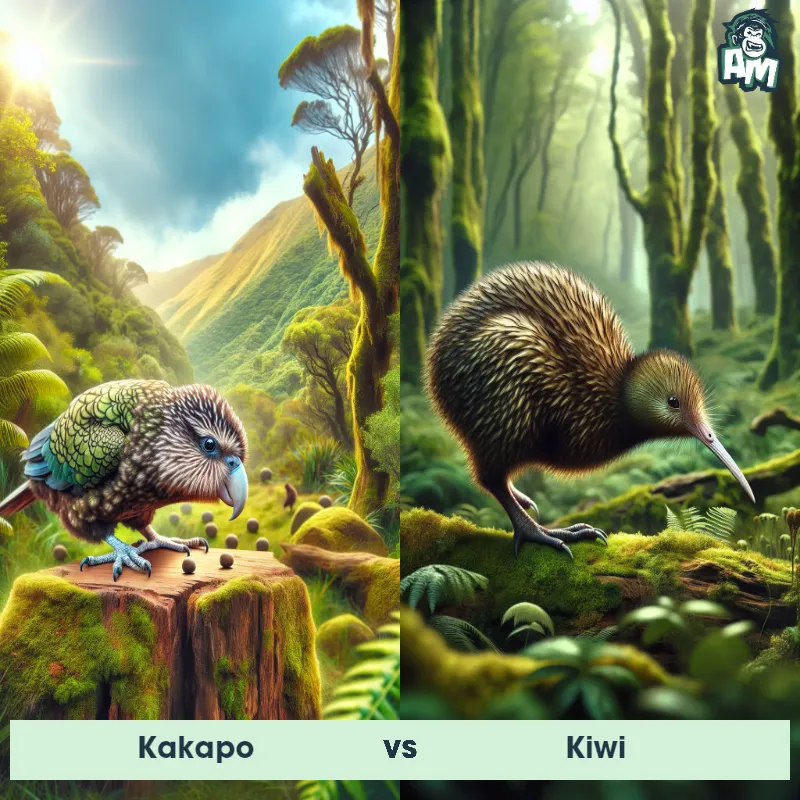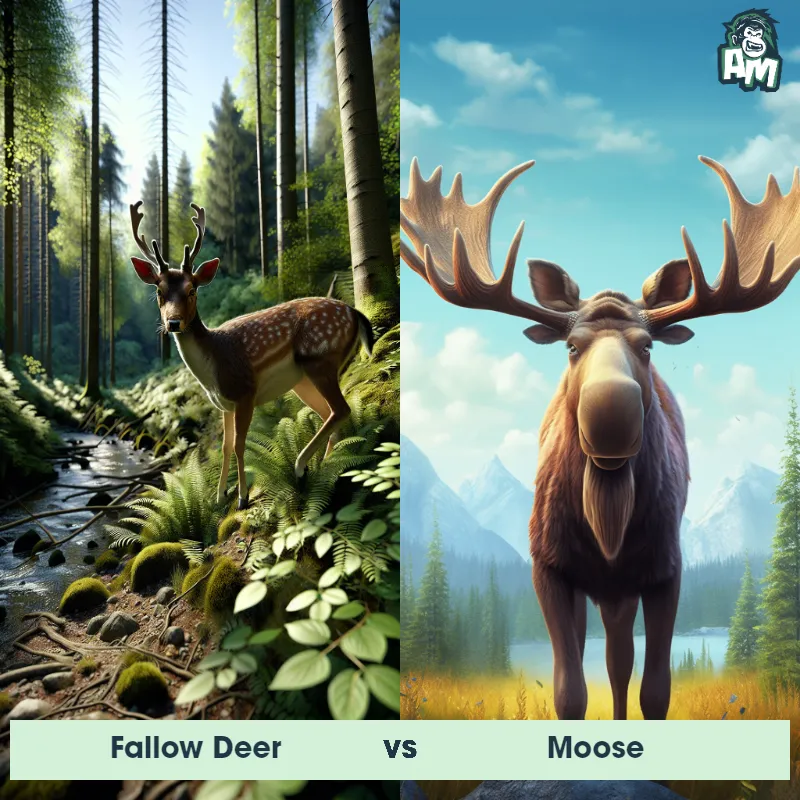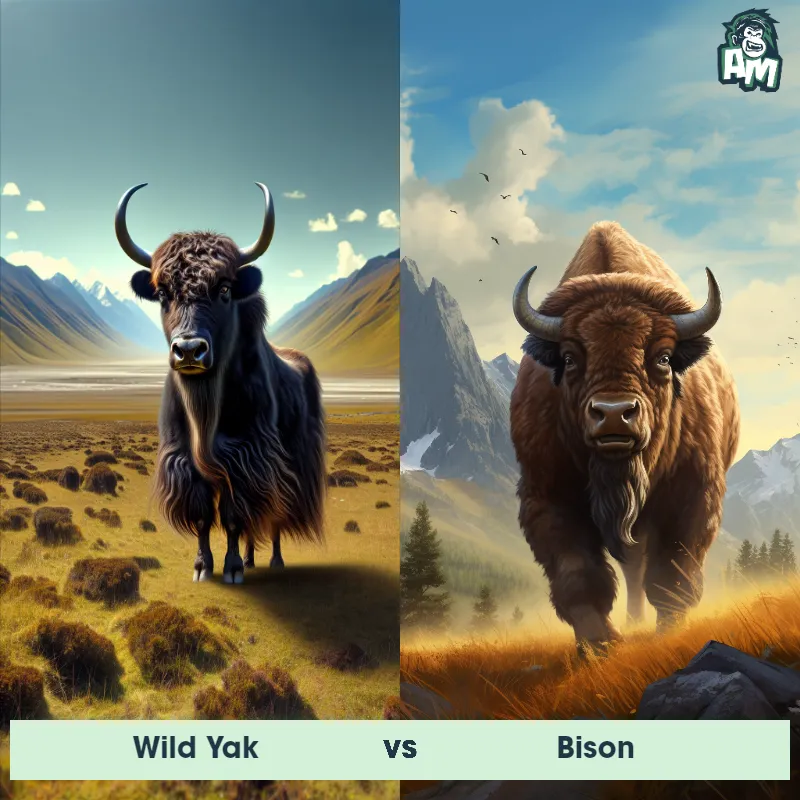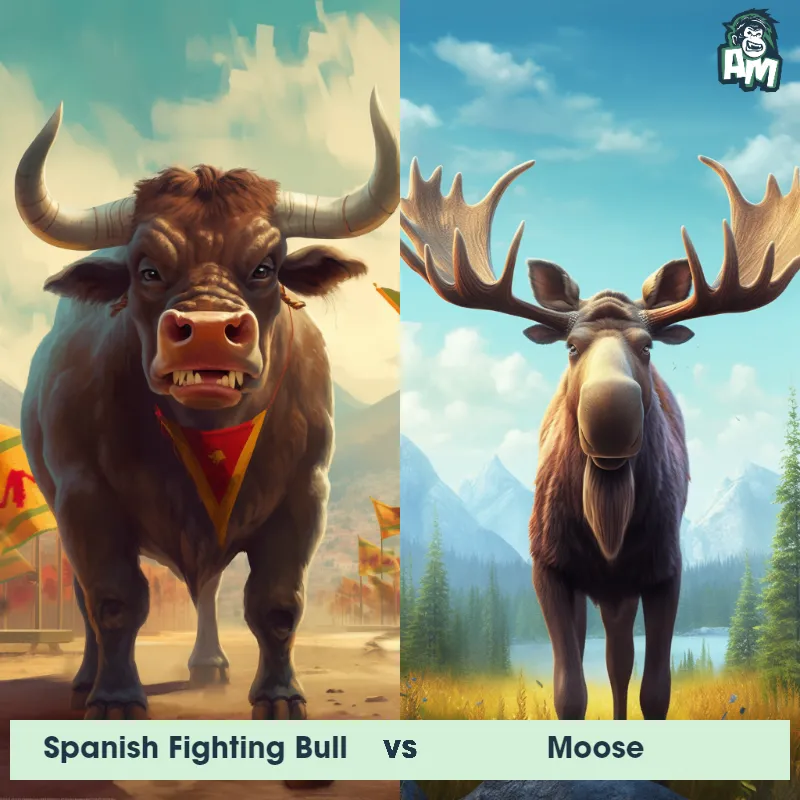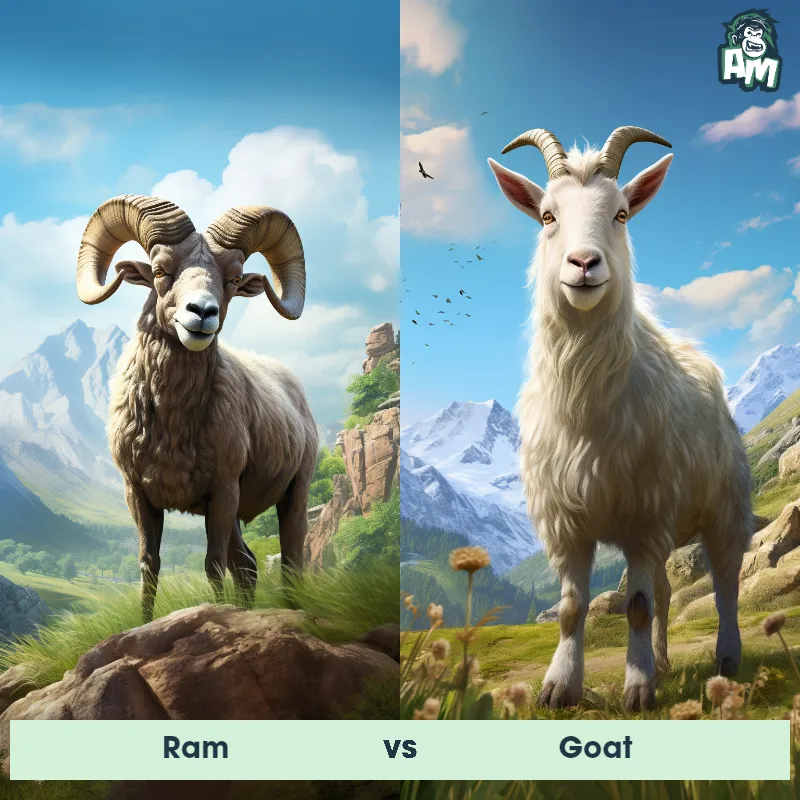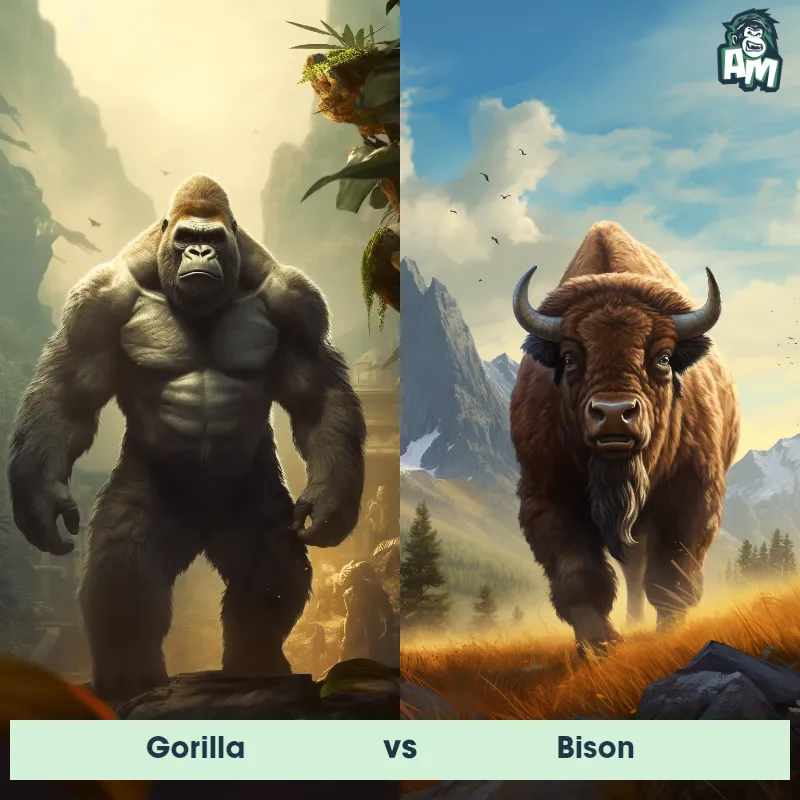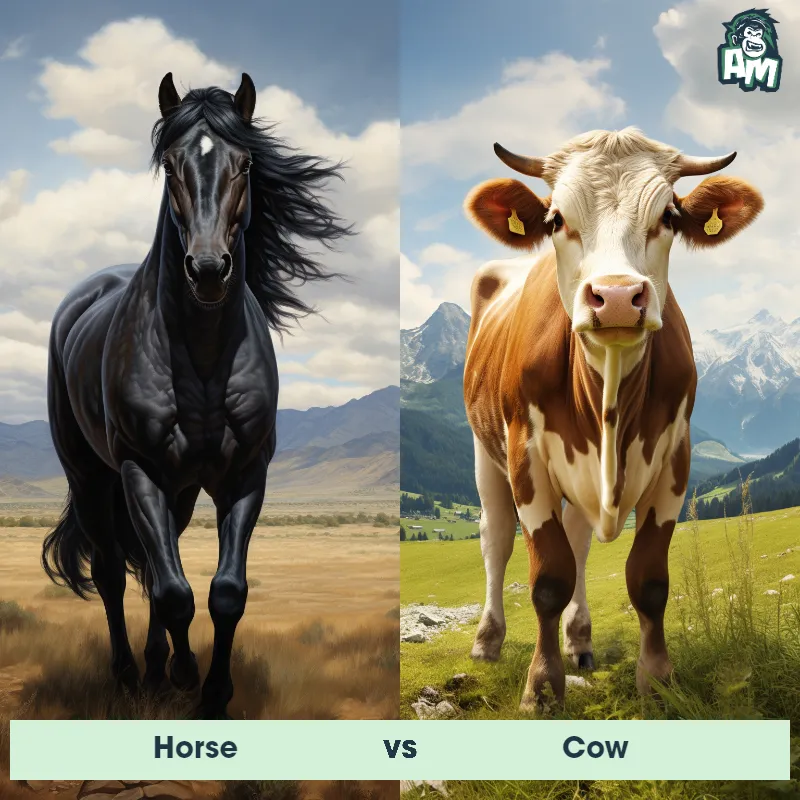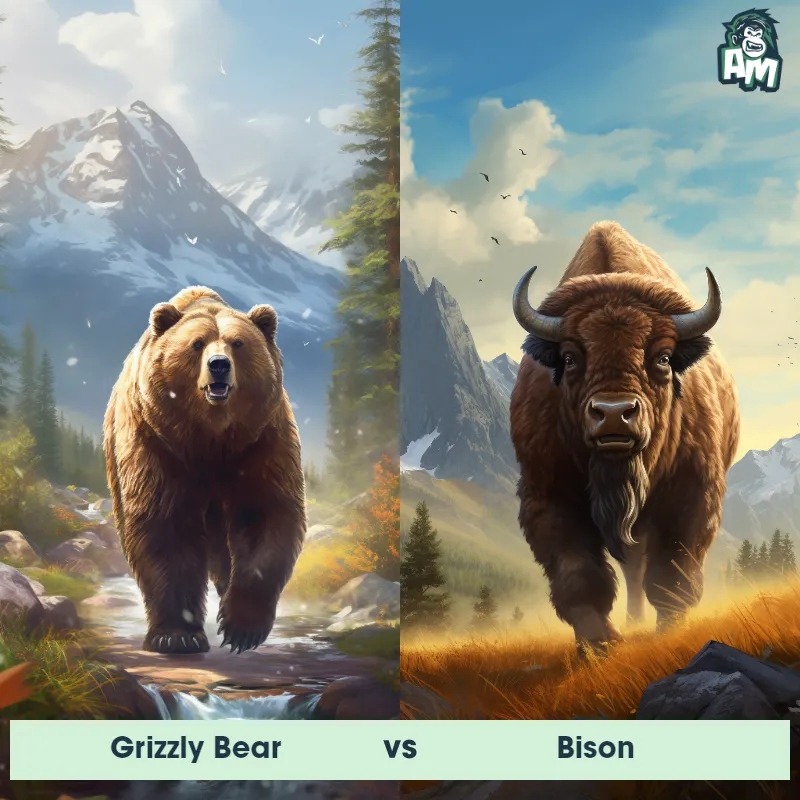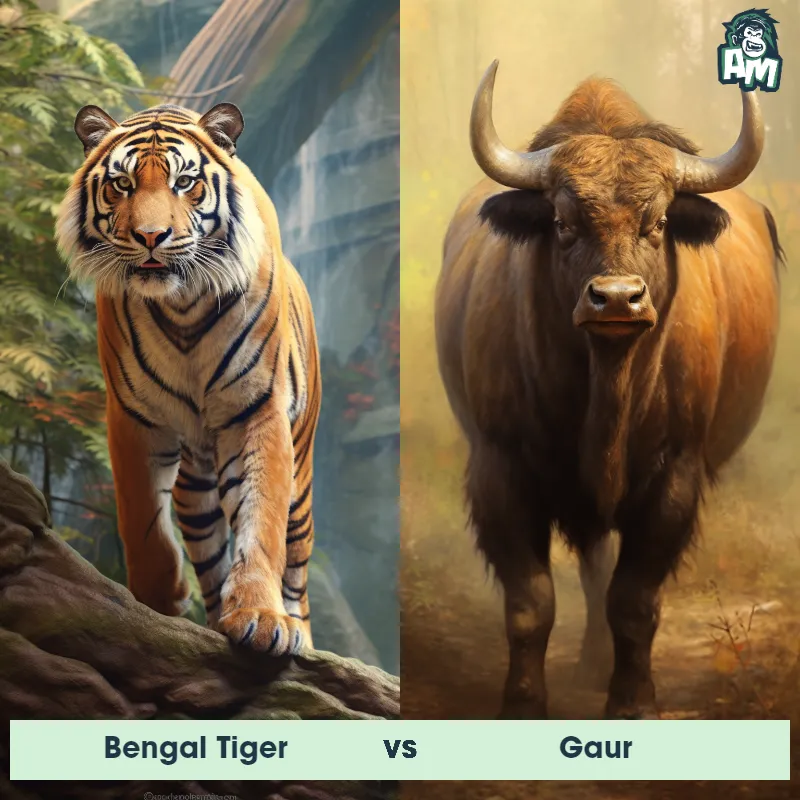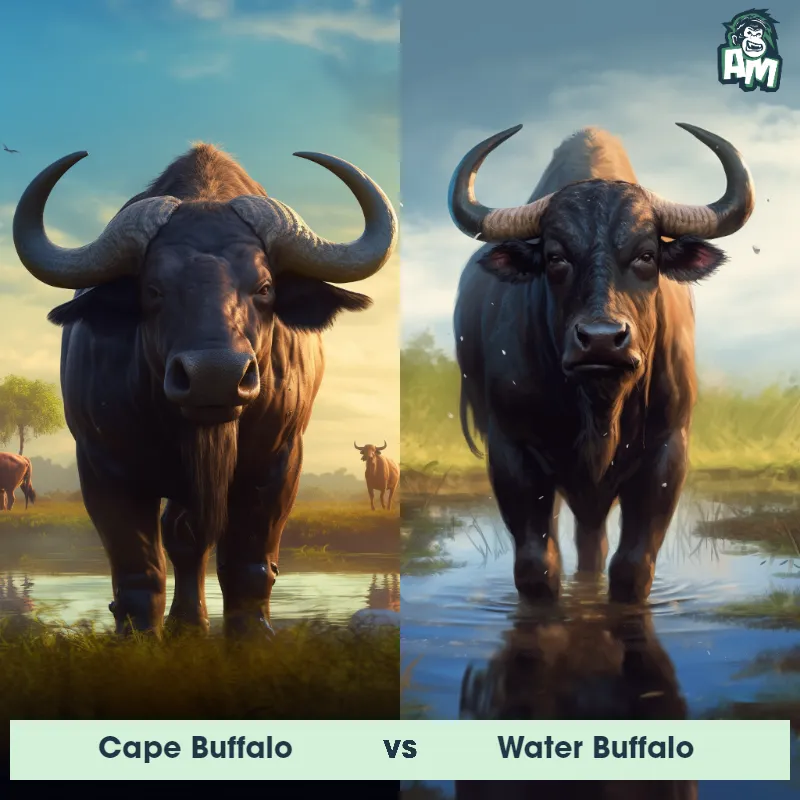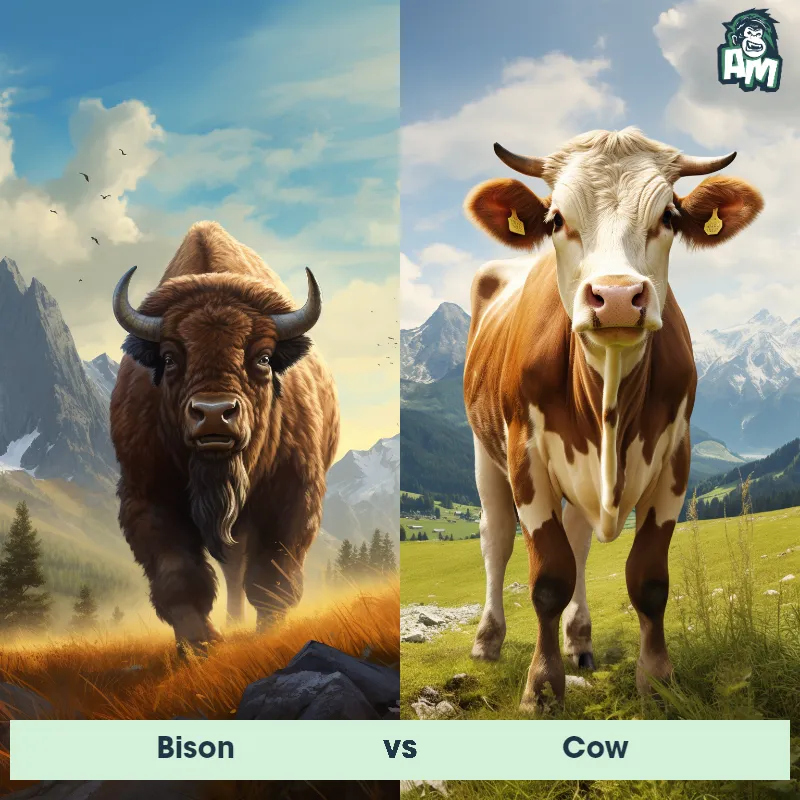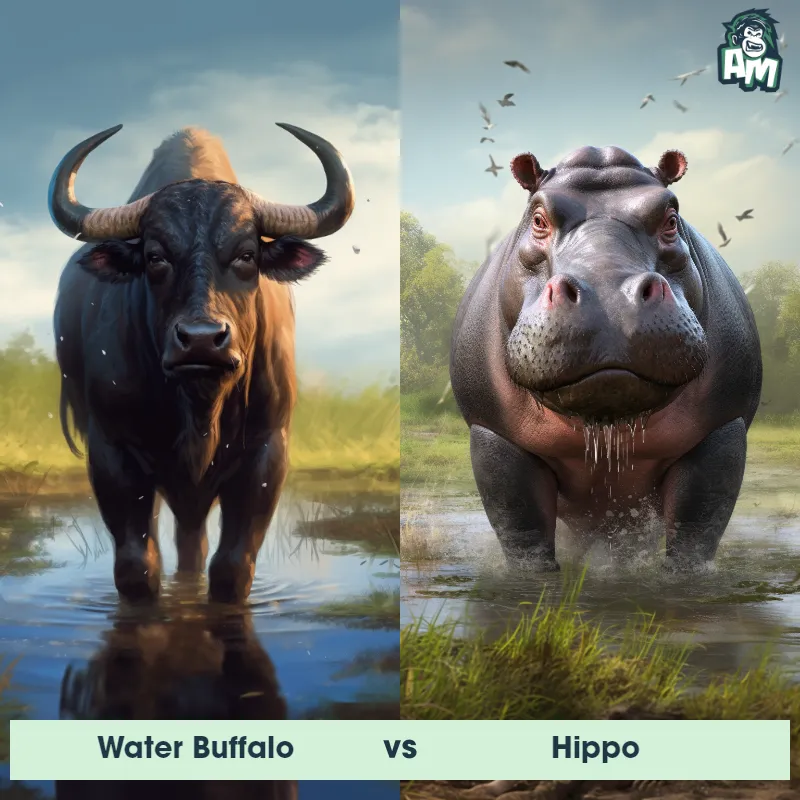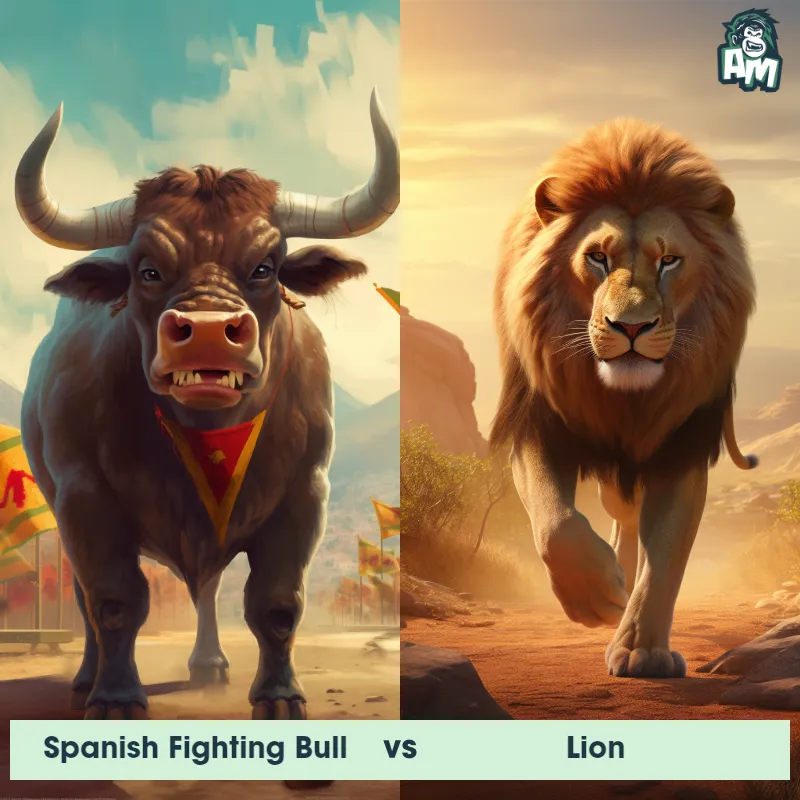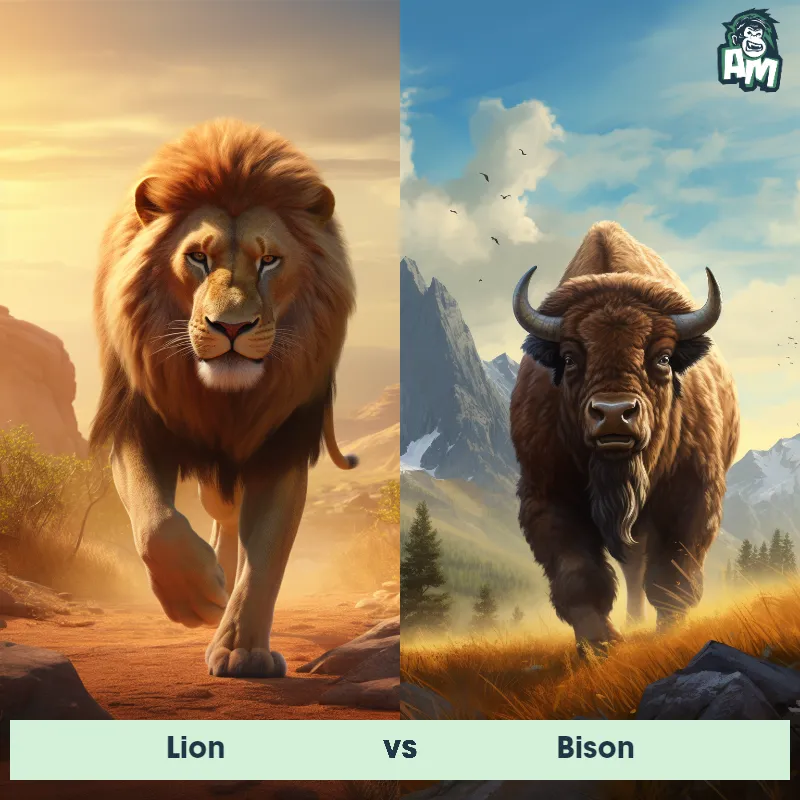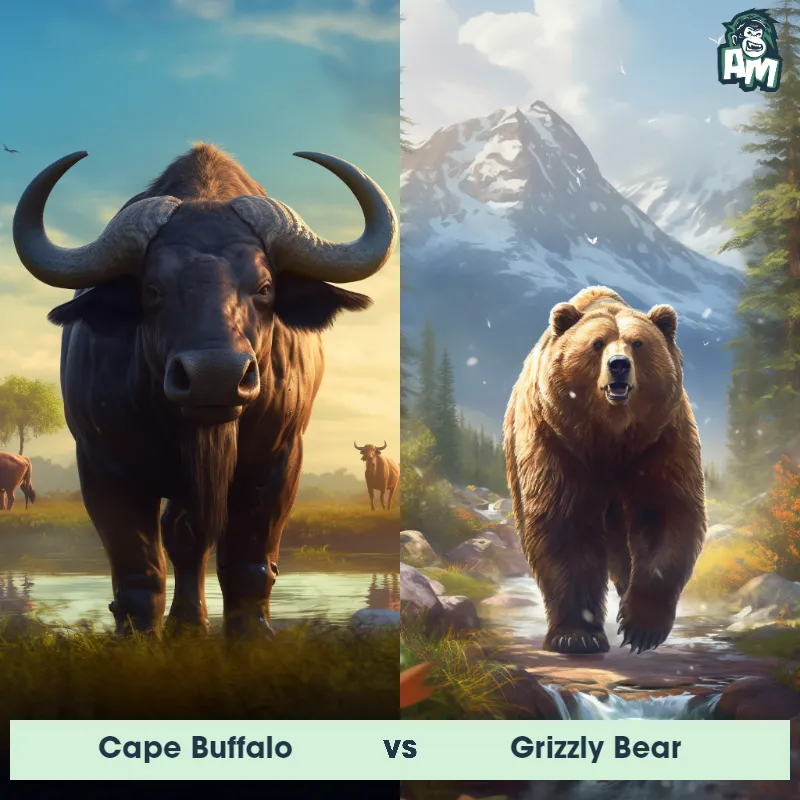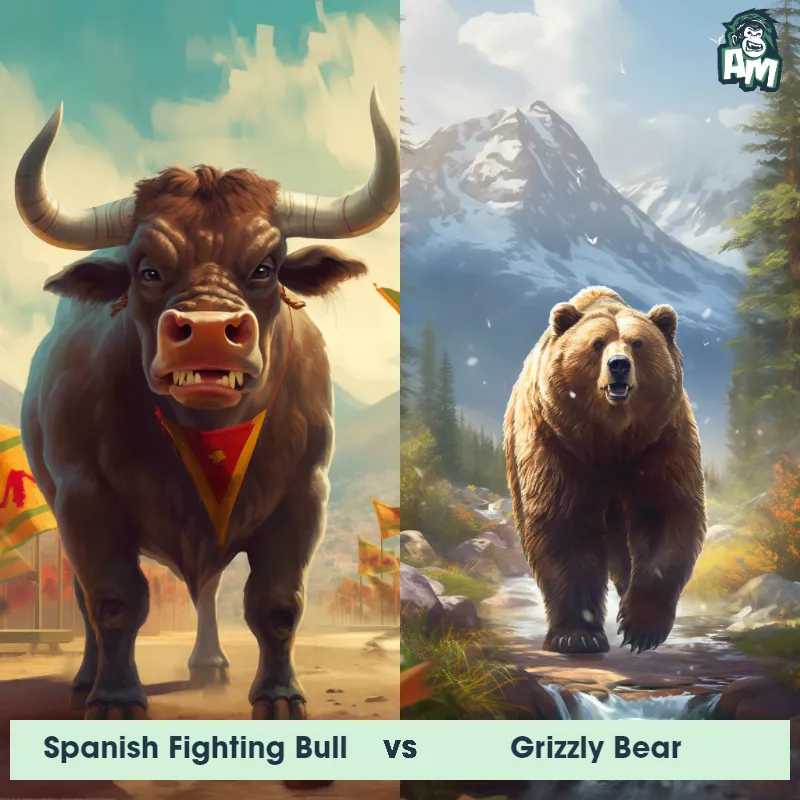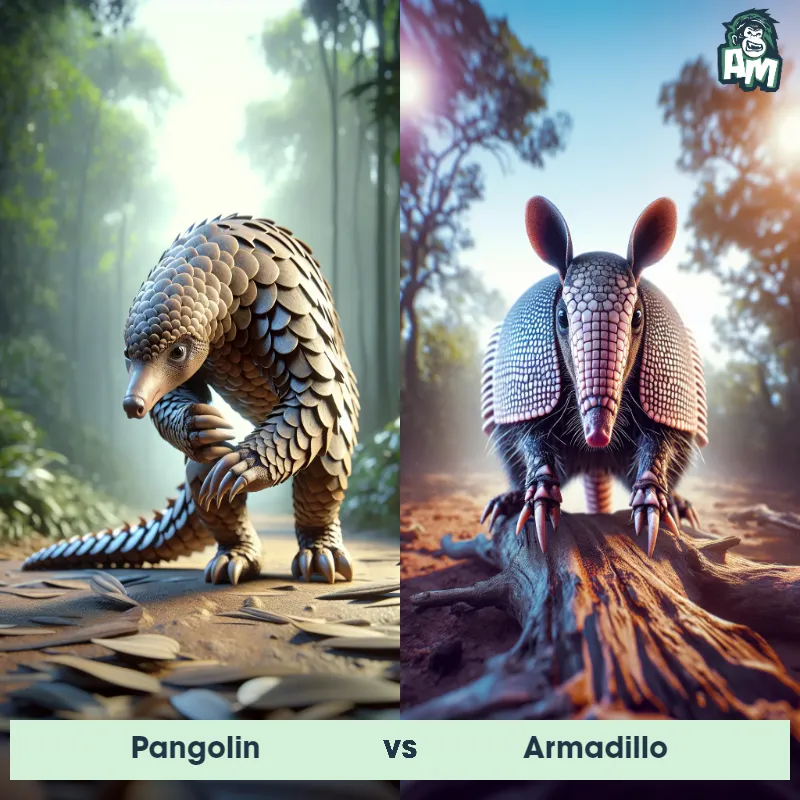Bison vs PangolinSee Who Wins

Good evening, ladies and gentlemen! Welcome to this electrifying showdown between two incredible creatures. Tonight, we witness the collision between the massive Bison and the resilient Pangolin. Both represent their species' strength and determination, ready to prove who reigns supreme in the animal kingdom. So, without further ado, let's dive right into this wild contest!
Contender 1: Bison
The bison, also known as the American buffalo, is a massive, hump-shouldered beast known for its iconic place in the history and folklore of the American West. They are covered in a shaggy, dark brown winter coat, and have a lighter-weight, lighter brown summer coat. With their massive size, adult males can weigh up to 2,000 pounds, and both males and females have short, curved horns, which they use in fighting for status within the herd and for defense.
Fun Fact: Despite their massive size and seemingly lumbering movements, bison are remarkably agile and quick, capable of running up to 35 miles per hour and jumping high fences.
Contender 2: Pangolin
The Pangolin, a unique mammal native to Africa and Asia, is known for its distinctive appearance and remarkable adaptations. With a body covered in overlapping scales made of keratin, it resembles a walking pinecone or an artichoke. The Pangolin possesses sharp claws for digging burrows and climbing, a long sticky tongue to extract ants and termites from their nests, and a prehensile tail for balance. These solitary animals are nocturnal and prefer tropical forests, savannas, and grasslands as their habitats. They have poor eyesight but rely on their keen sense of smell and hearing to navigate their surroundings.
Fun Fact: The Pangolin holds the remarkable distinction of being the world's only mammal with scales, making it one of nature's truly exceptional creatures!
Matchup Stats
| Bison | Pangolin | |
|---|---|---|
| Size | 5-6.5 feet tall at the shoulder (1.5-2 meters) | 1-3 feet (30-90 centimeters) |
| Weight | Up to 2,000 pounds (907 kilograms) | 4-35 pounds (1.8-16 kilograms) |
| Speed | 37mph (60km/h) | 3mph (4.8km/h) |
| Key Strength | Powerful size, speed, and horns | Sharp claws for defense |
| Biggest Weakness | Limited agility due to size | Slow movement |
Current Votes
Bison vs Pangolin
See Who Wins
View More Matches
Looking For More?
Similar Matches
Scientific Stats
| Bison | Pangolin | |
|---|---|---|
| Scientific Name | Bison bison | Manis |
| Family | Bovidae | Manidae |
| Habitat | Grasslands, prairies, and forests | Tropical forests, savannas, grasslands |
| Geography | North America | Africa, Asia |
| Diet | Herbivore, primarily grasses and sedges | Ants, termites |
| Lifespan | 12 years - 20 years | 12 years - 15 years |
Key Differences between Bison and Pangolin
- Color: The Bison's fur is typically a dark brown or blackish color, with a lighter-colored beard and a shaggy mane, while the Pangolin has a unique appearance; it is covered in large, hard, overlapping scales that are grey or brown in color.
- Size: The Bison is significantly larger, with a body length ranging from 7 to 11.5 feet and a height of 5 to 6.5 feet at the shoulder, while the Pangolin is much smaller, measuring only about 1 to 3.5 feet long (excluding the tail) and standing at a height of 8 to 18 inches.
- Horns: Only the Bison possesses horns, which are relatively short and curved, growing in both males and females. In contrast, the Pangolin lacks horns or any other prominent head structure.
- Habitat preference: Bison are primarily found in open grasslands and prairies, whereas Pangolins inhabit tropical forests and savannas.
- Mobility: Bison are highly mobile ungulates capable of running at speeds up to 35 miles per hour, while the Pangolin is a slower-moving creature that primarily walks or dig while using its powerful claws.
- Shape: The Bison has a robust and muscular build, with a humped shoulder and a massive head, while the Pangolin has a slender and elongated body covered in overlapping scales, resembling a walking pinecone.




